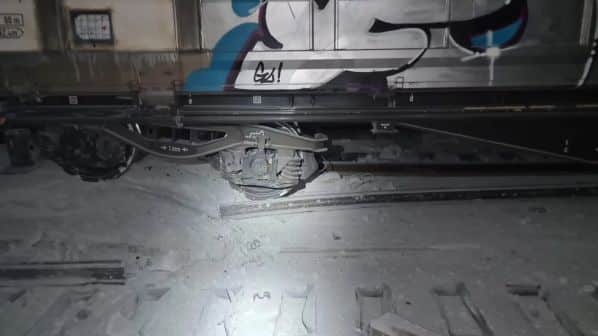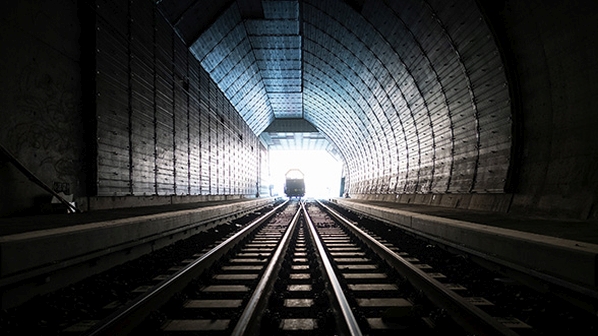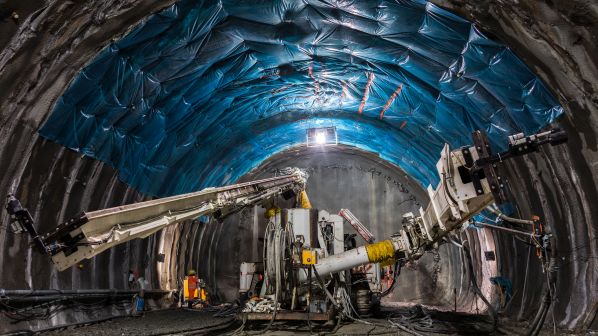SWITZERLAND’S Gotthard Base Tunnel remains closed to both freight and passenger traffic following a freight train derailment on August 10, which damaged track, switches and the doors that seal a connecting tunnel between the two main running tunnels.
Swiss Federal Railways (SBB) says the investigation at the site of the accident is ongoing, and that it will give an update on plans to reopen the line on August 16. No injuries were reported in the accident, and no hazardous materials leaked.
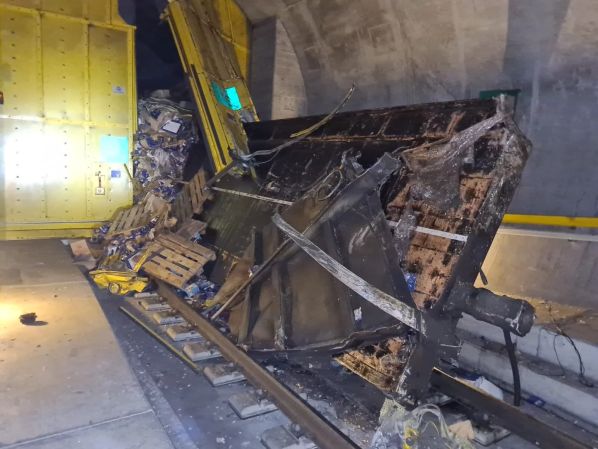
The 57.09km Gotthard Base Tunnel became the world’s longest rail tunnel when it opened at the end of 2016.
The 30-wagon train was travelling north at around 100km/h when a wagon derailed at the Faido multifunctional site, one of two underground safety stations along the tunnel that have cross-bore connecting tunnels to allow trains to move between the two main bores.
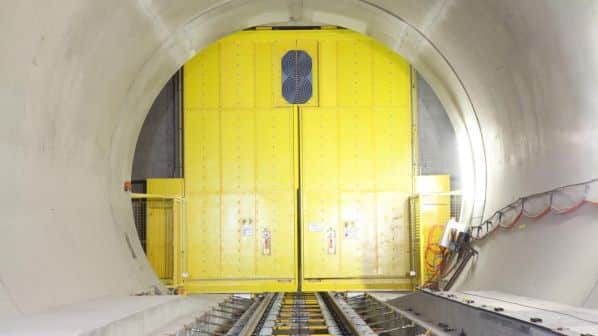
Reports indicate that one of the wagons derailed when traversing a turnout, and made its way down the connecting tunnel, severely damaging the safety doors that regulate air pressure between the tunnels.
SBB says it has been unable to begin operation through the undamaged tunnel while emergency services remain at the accident site due to the damage to the door.
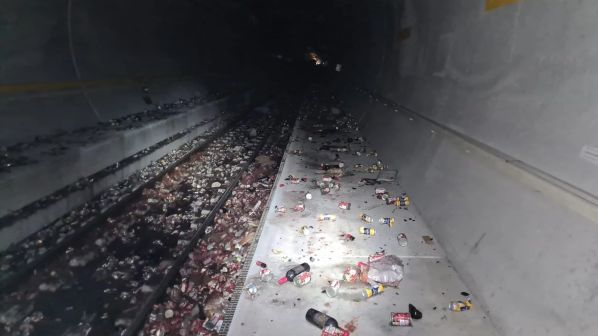
SBB reported that investigating authorities have partially cleared the accident site, with the locomotive and a number of undamaged wagons removed. However, 16 wagons remain in the tunnel. SBB says it has not been able to complete a full assessment of the damage, which means a forecast of how long it will take to repair it is not yet available.
Since the accident passenger services between Arth-Goldau and Bellinzona stations have been diverted via the higher-altitude route over the Gotthard pass that the base tunnel replaced, increasing journey times for domestic services by one hour and those for cross-border services by between one and two hours. SBB says there was sufficient capacity over the weekend following the accident, although around 30% fewer seats were available as double-deck trains cannot operate over the older line.
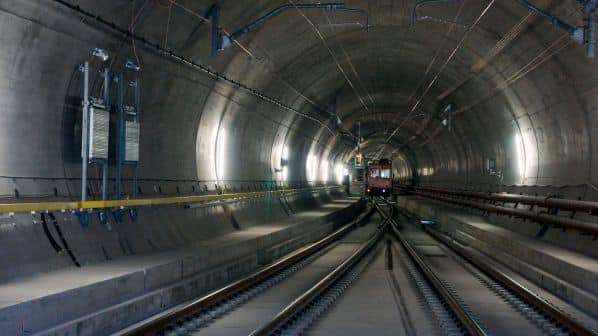
Some freight traffic is being diverted via this route, but height restrictions mean intermodal traffic such as containers, semi-trailers, and lorries cannot be carried on the line, with these instead being diverted via the Lötschberg-Simplon axis or held at depots, with stabling facilities in Switzerland now full.
